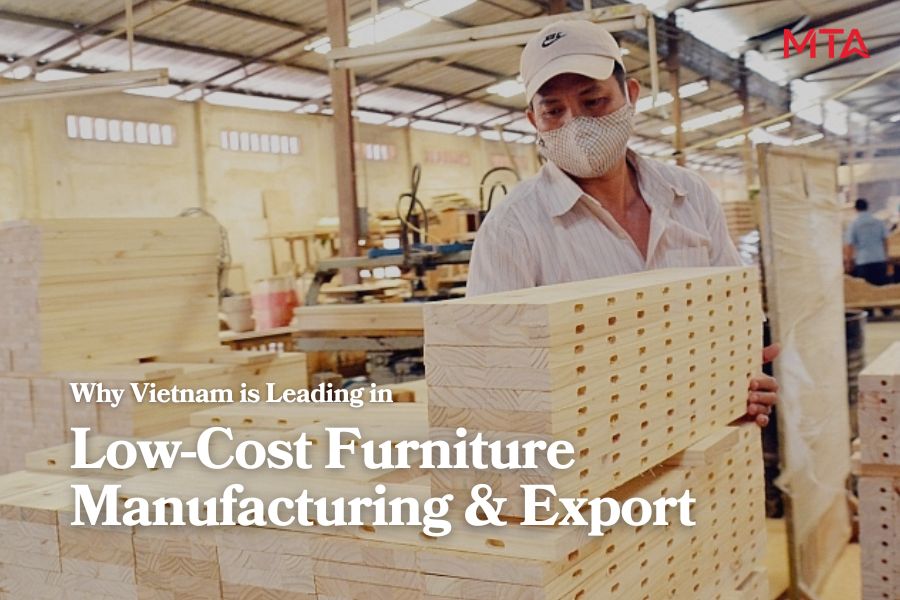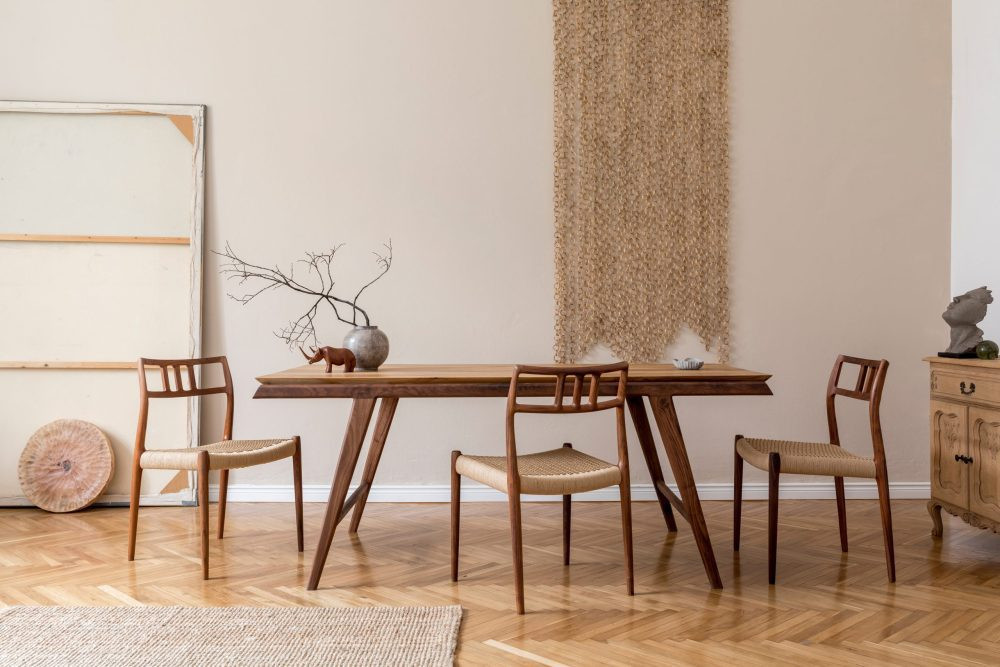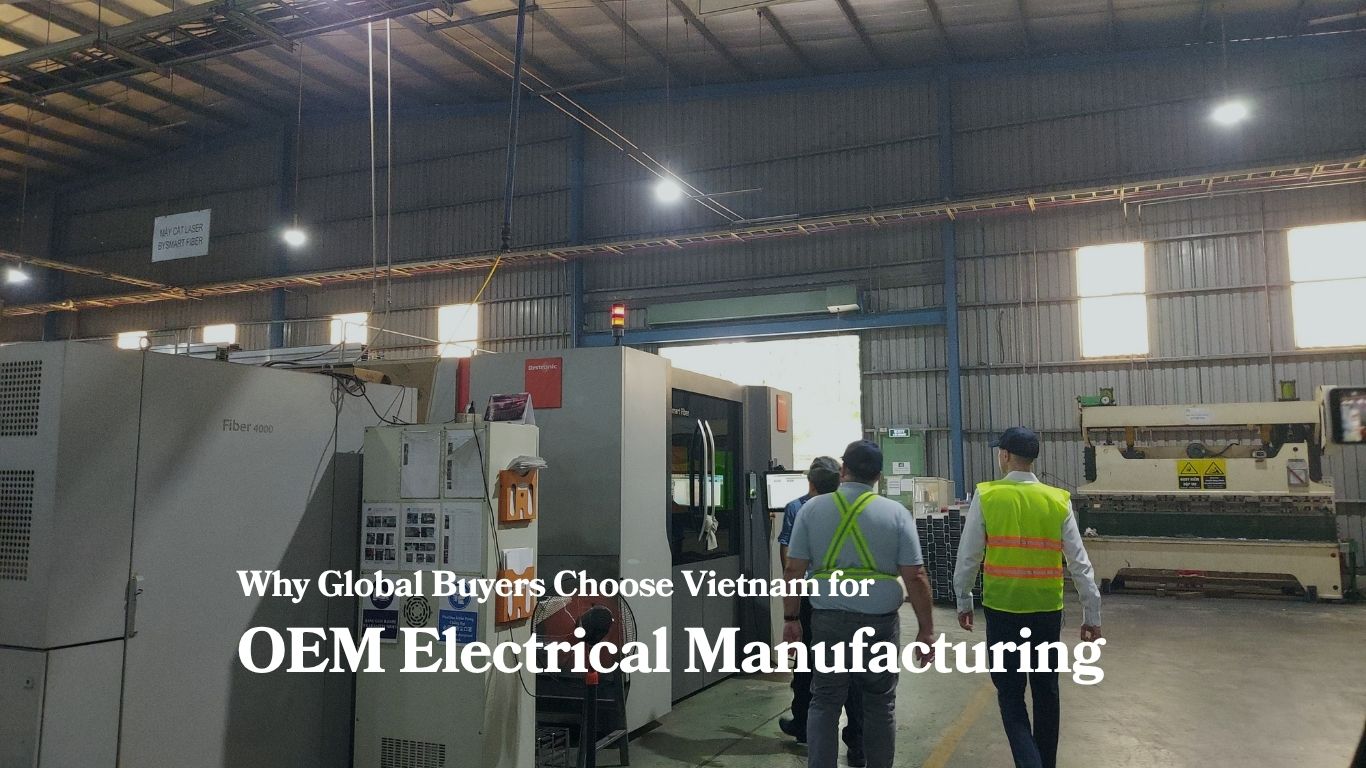Vietnam has quietly emerged as one of the world’s most competitive furniture manufacturing hubs. While countries like China have long dominated global production, Vietnam is gaining ground rapidly and cost is at the heart of its rise. For international buyers seeking affordable, export-ready furniture that meets modern quality standards, Vietnam presents a compelling low cost alternative that continues to attract attention from brands, wholesalers, and retailers worldwide.
Inside a Vietnamese Furniture Factory: Affordable Yet Export-Ready
A visit to a factory in Hue province reveals how Vietnam delivers on both cost and capability. This factory produces wooden tables with silica tops, PU foam chairs, and weather-resistant outdoor sets for export to the United States and Europe. Thanks to the availability of local materials like acacia and eucalyptus, the factory keeps raw material costs low while ensuring strong durability.
Despite its modest size, the factory handles up to 30 containers per month. Orders range from full sets to mixed SKUs, and each product is carefully packed in flat-pack format with QR-coded labels and protective materials. The facility complies with FSC and BSCI standards, providing buyers with the confidence to meet retail requirements in regulated markets.
The Shift Toward Affordable Production Hubs
In recent years, rising labor costs and stricter environmental regulations in China have pushed many buyers to explore alternative sourcing markets. Vietnam has quickly filled that gap by offering cheap labor, access to local raw materials, and a growing base of export-oriented factories.
According to data from the General Statistics Office and the Vietnam Timber and Forest Products Association (Viforest), Vietnam’s furniture market revenue reached approximately USD 1.47 billion in 2024. Furniture and wood product exports totaled USD 16.25 billion, marking a 20.3% increase compared to the previous year. The United States was the largest export market, followed by Japan, South Korea, and the European Union. Key product categories included living room tables and chairs, beds, wardrobes, and office furniture.

Low Labor Costs, High Workmanship
One of Vietnam’s key advantages lies in its low labor costs. Factory workers typically earn between $250 to $450 USD per month, significantly lower than wages in China. These savings directly impact production pricing, allowing Vietnamese manufacturers to offer affordable rates for furniture ranging from solid wood dining tables to upholstered chairs and outdoor sets.
Despite the low wages, Vietnam’s labor force is highly skilled. In traditional woodworking regions like Quang Nam, Binh Dinh, and Dong Nai, craftsmanship is passed down through generations. Workers specialize in joinery, sanding, assembly, and finishing, ensuring consistent quality across mass production runs.
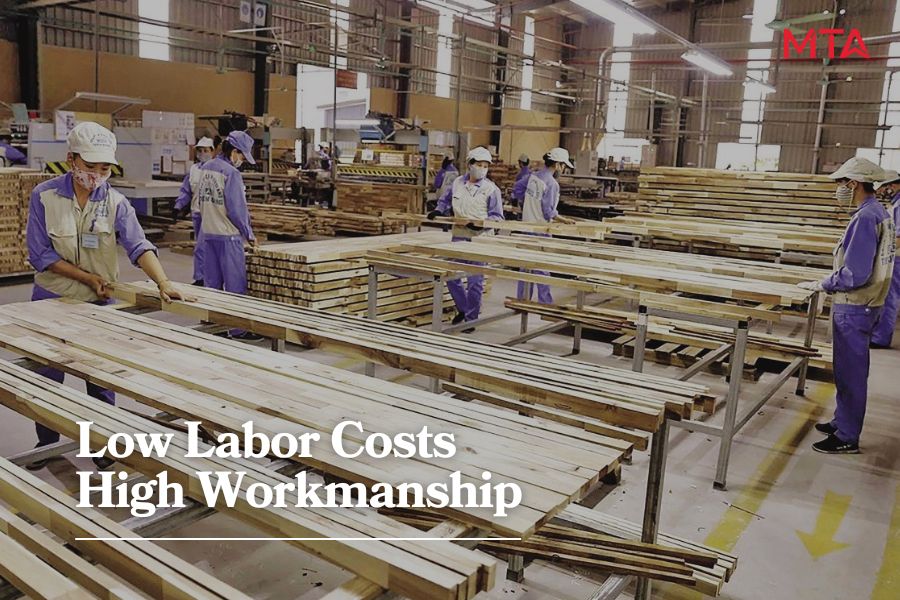
Local Material Supply Keeps Costs Low
Another important driver of Vietnam’s cost advantage is access to local raw materials. The country has abundant reserves of fast-growing timber such as rubberwood, acacia, eucalyptus, and even plantation teak, all widely used in both indoor and outdoor furniture.
Unlike manufacturers in countries that rely heavily on imported wood, Vietnamese factories benefit from stable local sourcing, which reduces material costs, shipping time, and price volatility. This localized supply chain contributes directly to the production of cheap, yet durable furniture that can compete globally in both price and performance.
Factory Upgrades Without the High Price Tag
Contrary to outdated perceptions, affordable manufacturing in Vietnam does not mean outdated technology. Many factories have adopted semi-automated processes including CNC routers, UV coating systems, and flat-pack assembly lines to increase output while minimizing defects. This balance of low cost labor and modern production techniques allows Vietnam to maintain competitive pricing without compromising consistency or international standards.
Factories are also increasingly export-oriented. Most mid-sized facilities now support mixed containers, flexible MOQs, and provide export-ready packaging, including barcoded labels and instruction manuals, ideal for ecommerce and private label brands.
How to find the right factory in Vietnam
Choosing the right supplier is critical when sourcing low cost furniture. Start by requesting samples and checking for relevant certifications such as ISO 9001, FSC, or BSCI. This ensures that the factory follows quality processes and ethical standards.
It’s also important to confirm the types of materials being used. Ask whether the wood is locally sourced, how foam density is measured, and what kind of finishing techniques are used. These factors directly impact product quality and long-term satisfaction.
Smaller factories in central provinces may offer better pricing and flexibility than larger ones near Ho Chi Minh City. However, ensure they have experience with export orders and packaging standards that match your target markets.
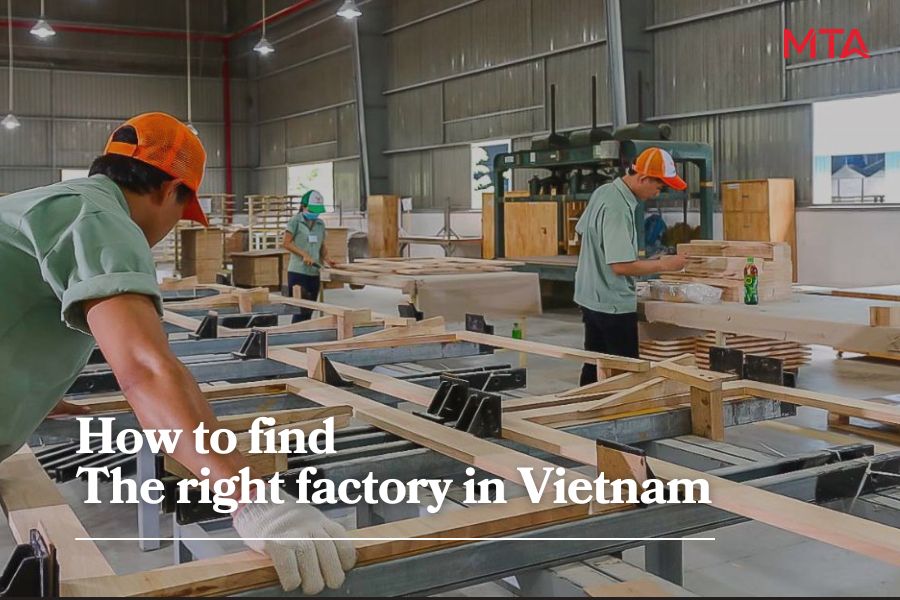
Conclusion: Inside Vietnam’s Low Cost Furniture Ecosystem
Vietnam continues to stand out as the best destination for sourcing affordable furniture. The country’s ability to combine cheap labor, local raw materials, and modern manufacturing methods creates a winning formula for global buyers.
From PU foam chairs to silica tables and weatherproof outdoor sets, factories across Vietnam deliver export-ready furniture without inflated costs. Combined with flexible order terms, professional packaging, and dependable quality, Vietnam offers more than just low prices, it provides long-term value.
For businesses looking to expand or launch new product lines, Vietnam remains a smart and cost-efficient partner in the global furniture supply chain.

